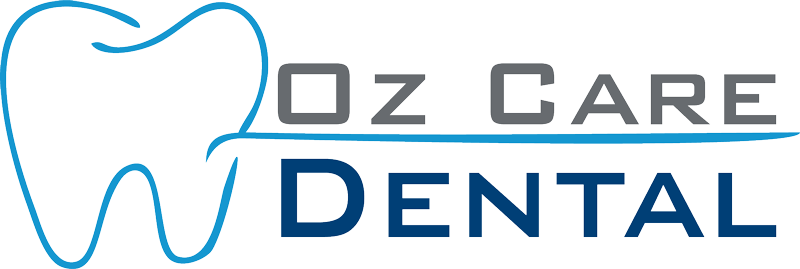Root Canal Treatment: Procedure, Benefits, and Recovery
Root canal treatment, also known as endodontic therapy, is a dental procedure used to treat infection at the center of a tooth (the root canal system). This treatment can save a tooth that might otherwise need to be removed completely. This blog post will delve into the procedure, its benefits, and what patients can expect during recovery.
What is Root Canal Treatment?
Root canal treatment involves the removal of the infected or damaged pulp from inside the tooth, followed by cleaning, disinfecting, and shaping the root canals, and finally filling and sealing them to prevent further infection. The procedure is typically necessary when the pulp, which contains nerves and blood vessels, becomes infected due to deep decay, repeated dental procedures on the tooth, or a crack or chip in the tooth.

Digital CT Scan
First our dental radiologist takes a digital 3D CT Scan of your teeth.Professional Consultation
We will discuss your primary issues and your wishes concerning your teeth.Dental Examination
This is followed by a professional examination of the teeth and gums.Complete Treatment Plan
We devise a complete treatment plan for restoring your healthy smile.What is Root Canal Treatment?
Benefits of Root Canal Treatment
-
-
- Tooth Preservation: The procedure allows for the saving of a tooth that would otherwise need to be extracted.
- Pain Relief: Root canal treatment relieves pain caused by pulp infection or inflammation.
- Prevention of Spread of Infection: By removing the infected pulp, root canal treatment prevents the spread of infection to other teeth and jawbone.
- Aesthetic Solution: A crown or filling after the treatment can result in a cosmetically pleasing appearance.
The Root Canal Procedure
- Diagnosis: An X-ray is taken to determine the extent of infection and plan the treatment.
- Anesthesia: Local anesthesia is administered to numb the tooth and surrounding area.
- Access Opening: A small access hole is drilled into the crown of the tooth to reach the pulp chamber.
- Pulp Removal: Diseased and dead pulp tissue is removed from the tooth using specially designed instruments.
- Cleaning and Shaping: The root canals are cleaned and shaped to a form that can be filled easily.
- Disinfection: The canals are disinfected to remove any remaining bacteria.
- Filling the Canals: The cleaned and shaped canals are filled with a biocompatible material, usually a rubber-like material called gutta-percha, and sealed with adhesive cement.
- Restoration: After the root canal, the tooth is typically restored with a crown or filling for protection and to restore functionality.
Recovery and Aftercare
- Care Immediately After: The tooth may feel sensitive or sore for a few days after treatment due to natural tissue inflammation, especially if there was pain or infection before the procedure.
- Medication: Pain can usually be managed with over-the-counter pain relievers such as ibuprofen or acetaminophen.
- Avoiding Hard Foods: Chewing on hard foods should be avoided until the treatment area has healed completely.
- Oral Hygiene: Good oral hygiene practices, including brushing and flossing, are important. Avoid brushing the treated area vigorously until it has healed.
- Follow-up Appointments: Follow-up visits to the dentist are necessary to monitor the healing process and to place the final crown or filling.
Potential Complications
While root canal treatment is safe and effective, complications can occur if the infection is not completely removed or if the tooth fractures during or after treatment. In some cases, a retreatment or even a surgical procedure may be necessary to resolve persistent infections.
-
REQUEST AN APPOINTMENT
Fill out the form and we will contact you during our working hours. Urgent dental care will be provided usually the same day.
CONCLUSION
Root canal treatment is a highly effective way to save a tooth that has been compromised by infection or decay. The procedure not only relieves pain but also improves the overall health of your mouth and prevents further complications. If you are experiencing symptoms that suggest a root canal may be needed, consult your dentist promptly to get the appropriate care.


